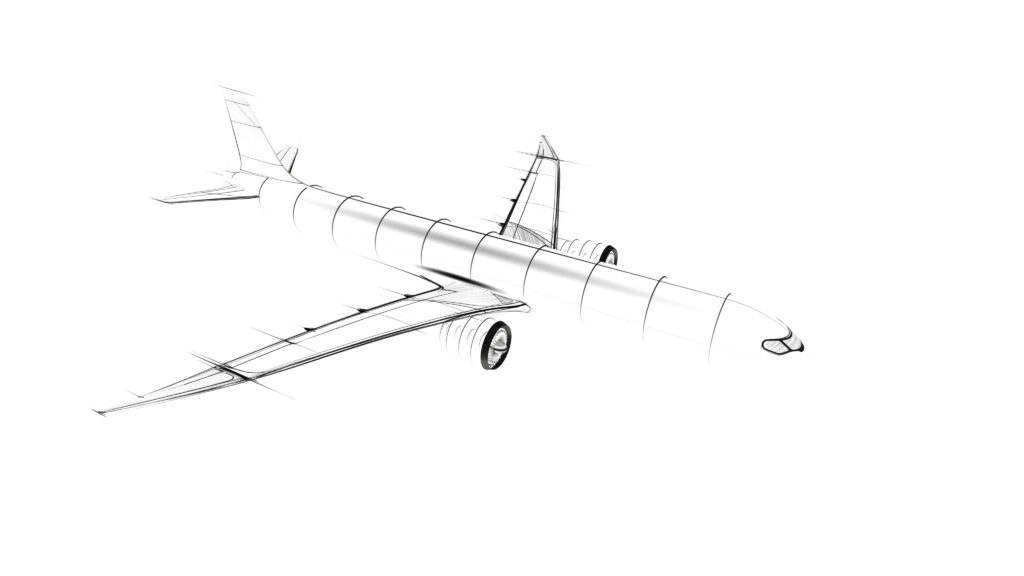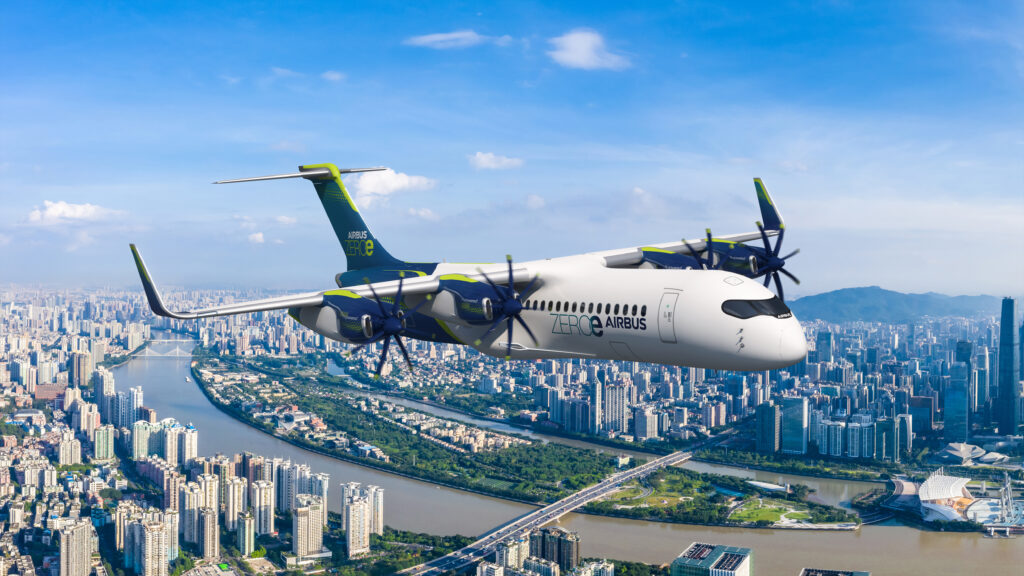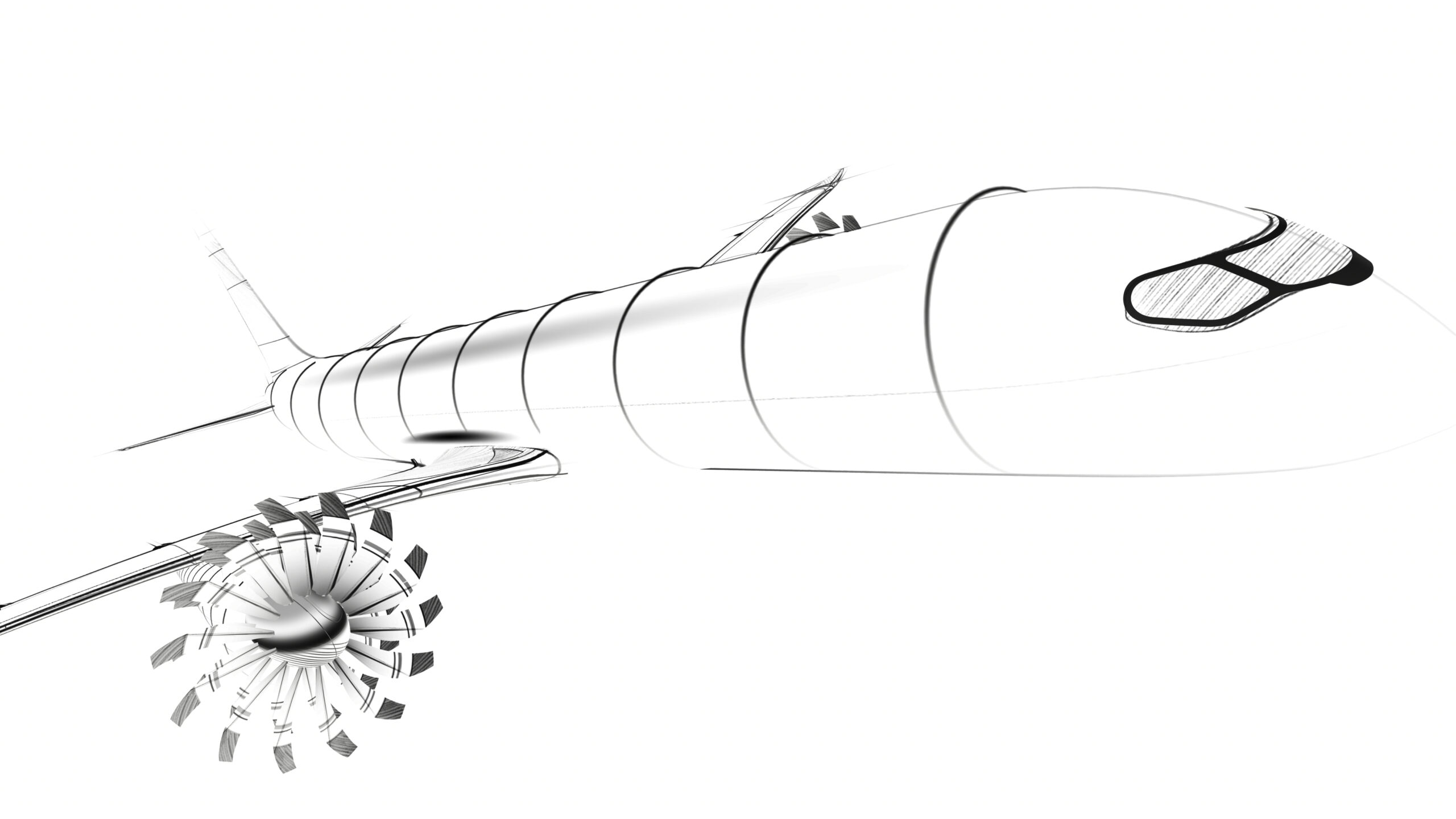Reading time: 4 minutes
Key Points:
- Airbus outlines its technology roadmap for a next-generation single-aisle aircraft at the 2025 Airbus Summit.
- Targeted entry into service: second half of the 2030s, with 20–30% better fuel efficiency than current models.
- Aircraft will be compatible with up to 100% Sustainable Aviation Fuel (SAF).
- Key technologies: open-fan engines, long foldable wings, hybrid-electric systems, lightweight materials, and digital integration.
- Part of Airbus’ broader vision to support the industry’s 2050 net-zero emissions goal.
At the 2025 Airbus Summit, held in Toulouse on March 24–25, Airbus gave a forward-looking update on its next major leap in commercial aviation: a next-generation single-aisle aircraft, targeting entry into service in the second half of the 2030s. The vision is ambitious—delivering 20–30% greater fuel efficiency, SAF compatibility, and laying the foundation for a future hydrogen-powered fleet.

The Blueprint for Tomorrow’s Narrowbody
The aircraft, which remains in concept phase, will incorporate multiple “technology bricks” designed to drive operational efficiency and reduce environmental impact. Among the most notable:
- Disruptive propulsion: including advanced geared turbofan concepts and open-fan engine architectures.
- Long, foldable wings: to improve lift-to-drag ratios while maintaining airport gate compatibility.
- Hybrid-electric systems: supported by next-gen batteries for both propulsion assistance and auxiliary systems.
- Advanced materials: combining ultra-lightweight composites with embedded systems for connectivity and energy management.
Each component is being developed independently but within a tightly coordinated roadmap, ensuring technology readiness aligns with future entry-into-service (EIS) decisions.
From A321XLR to the Future of Flight
Airbus sees the success of the A321XLR as a benchmark for how incremental innovation can deliver meaningful value. Now, it’s leveraging that foundation to prepare a step-change.
Bruno Fichefeux, Airbus Head of Future Programmes, summarized it:
“We have the most advanced aircraft portfolio in the market… Now we are preparing another jump to make our single-aisle aircraft even better and pioneer the future of flight.”
Karim Mokaddem, Head of Research & Technology (R&T), emphasized that the current phase is focused on maturing each key technology before final decisions are made on the aircraft’s engine type, wing configuration, and hybrid systems:
“Airbus teams are working relentlessly toward the key decisions that will ultimately finalize the choices…”

Strategic Significance: Net-Zero by 2050
This initiative plays a central role in Airbus’ long-term sustainability vision, including its parallel efforts in hydrogen propulsion and SAF integration. The future narrowbody will be compatible with up to 100% SAF from day one—crucial for decarbonizing short- and medium-haul routes.
Combined with advances in propulsion, aerodynamics, and lightweight systems, this aircraft is expected to be a critical enabler of the industry’s net-zero 2050 roadmap.
In Summary
The 2025 Airbus Summit highlighted more than just blue-sky thinking—it revealed how a future-ready aircraft could come together piece by piece, brick by brick. If Airbus delivers on this roadmap, the next decade could see the birth of a narrowbody platform that fundamentally redefines efficiency, sustainability, and performance in the single-aisle segment.
As the industry prepares for a new chapter of innovation, Airbus appears ready to lead the next transformation—one foldable wing and open-fan engine at a time.

